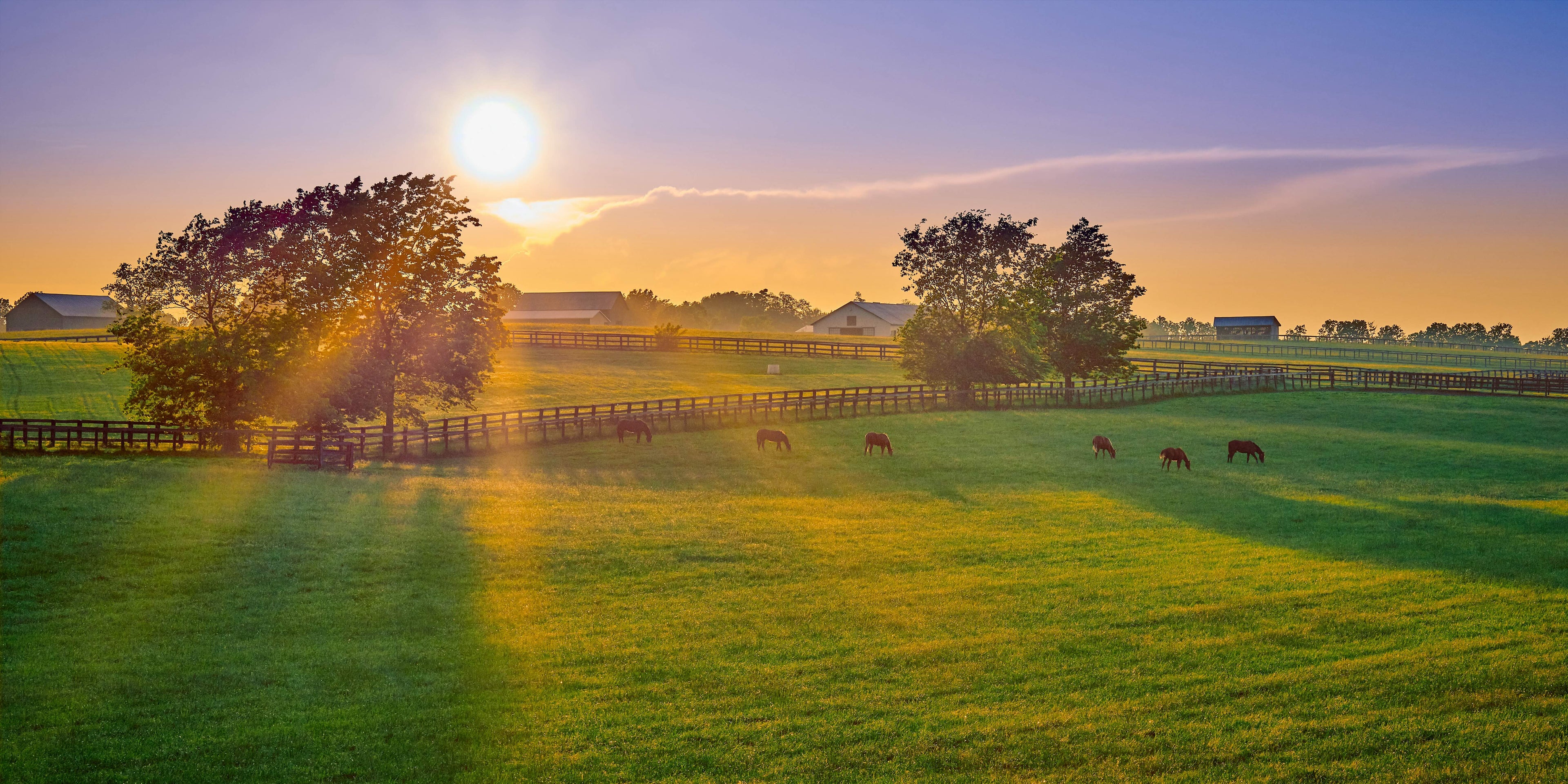
Feeding Horses to Balance Blood Sugar: Lessons from the Wild
In the wild, horses don’t have meal times—they have a rhythm. They graze slowly, move constantly, and adjust with the seasons. Their metabolism, digestive system, and blood sugar regulation are all built around this natural pattern. Yet in modern domestication, we often pull them far from that rhythm with large, infrequent meals, starchy feeds, and limited movement.
If you're looking to support your horse’s metabolic health, prevent blood sugar spikes, or manage conditions like insulin resistance, Cushing’s, or laminitis, the key lies in returning to the wisdom of the wild.
Let’s explore how to feed your horse in a way that mirrors their natural design and supports stable blood sugar.
How Wild Horses Eat: Nature’s Design
Wild horses:
-
Graze 16–18 hours a day, in small bites spread across time and terrain.
-
Eat mostly low-sugar, high-fiber grasses and forage.
-
Move 10–20 miles a day, often while grazing.
-
Are most active—and do most of their grazing—during dawn and dusk.
Their system is based on trickle feeding: a continuous flow of fibrous, low-glycemic food that provides steady energy without glucose or insulin spikes.
What Do Wild Horses Eat?
A wild horse’s natural diet is made up of:
-
70–80% grasses and grass hay
-
10–20% shrubs, forbs, and tree bark
-
5–10% minerals from soil, clay, and natural licks
-
<1% seeds or grains (only what’s naturally in grasses)
This is a high-fiber, low-starch, low-sugar diet, perfectly suited for equine blood sugar balance.
Mimicking the Wild: Feeding Domestic Horses
Domesticated horses don’t have the freedom to roam and forage like wild horses—but we can replicate the pattern with a few key practices:
1. Feed Forage First—and Keep it Flowing
-
Aim for 24/7 access to forage using slow feeders or hay nets.
-
Choose low-NSC (non-structural carbohydrate) grass hays—ideally below 10% sugar + starch combined.
-
Avoid feeding large meals of concentrated feeds.
2. Feed at Dawn and Dusk
-
If you do feed meals (grain, supplements, etc.), time them to early morning (6–7am) and early evening (5–6pm) to match natural grazing peaks.
-
These times also align with lower sugar content in pasture grass, especially important in spring and fall.
3. Reduce or Eliminate High-Sugar Feeds
-
Avoid corn, molasses, sweet feeds, and most commercial grain mixes.
-
Use whole-food, herbal supplements (like Wild Fed’s 100% organic blends) if needed.
-
Choose feeds designed to support metabolic health with low starch, no GMO, no fillers.
4. Encourage Movement
-
Use paddock track systems, feeding stations, and turnout to encourage movement—horses in the wild move 10–20 miles per day.
-
Even moderate, consistent walking supports insulin sensitivity and healthy digestion.
Seasonal Tips
Spring & Fall:
-
Grass is highest in sugar during these seasons—limit grazing to early morning or overnight, when sugar levels are lowest.
-
Monitor metabolic horses closely and test hay if needed.
Summer:
-
Horses naturally graze less during the heat of the day and more during cooler hours—follow this pattern with turnout and feeding times.
Winter:
-
Offer free-choice hay to simulate winter grazing. Use slow feeders to reduce waste and prevent gorging.
Why It Matters
Feeding in harmony with your horse’s biology helps:
-
Stabilize blood sugar and insulin levels
-
Prevent laminitis, obesity, and insulin resistance
-
Reduce behavioral issues related to blood sugar crashes
-
Improve gut health and digestion
Most importantly, it allows your horse to thrive in a domestic environment while staying connected to the rhythm of the wild.
💚 How Wild Fed Supports Metabolic Health
At Wild Fed, we honor these natural patterns with:
-
100% organic herbal supplements
-
Low-starch, low-sugar feed blends
-
No GMOs, corn, soy, molasses, or synthetic additives
-
A formula rooted in what horses were meant to eat
We believe that horses heal when we feed them as nature intended.
👉 Ready to nourish your horse with wild wisdom?
Explore Our Feed & Supplements »






